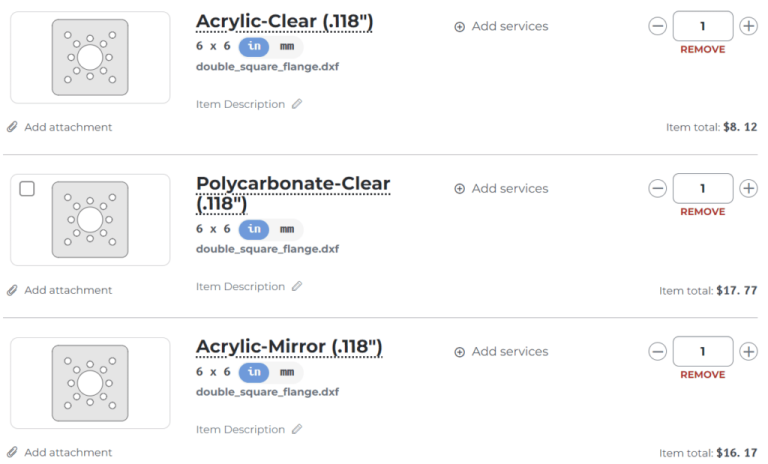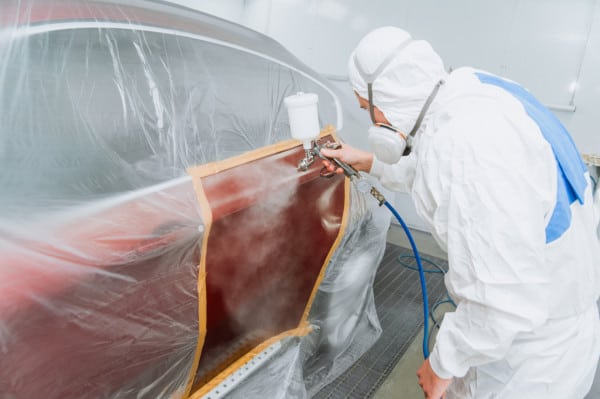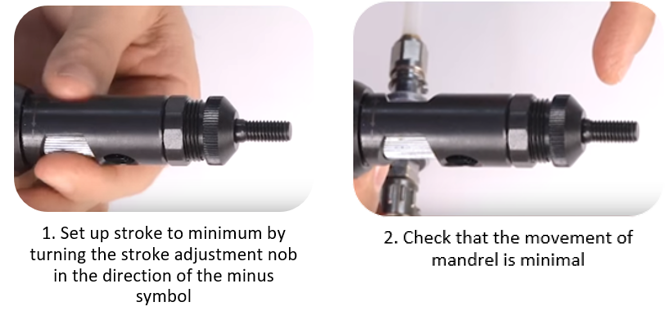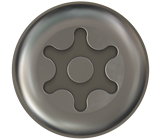Choosing the Right Leather Work Glove for the Job
Metalwork
When looking for leather work gloves, you’ll notice that you have a variety to choose from. So, which one is the right one? While there is going to always be the best glove for a specific job, it’s not so easy to pick the right one unless you know the benefits of the various features each glove has.
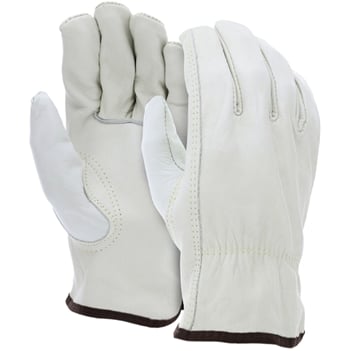
MCR Safety 32113 Cowhide Leather Glove With Keystone Thumb
Abolox carries several types of gloves for various industries, including construction, oil and gas, welding, manufacturing and many other industries. Once you know the difference between the available features, you’ll be able to choose the perfect glove.
Choose the Best Type of Leather
Not all leather is equal. You have a choice of cowhide, pigskin, deerskin and goatskin. On top of that, you can choose from several types of leather, including whole and split, shoulder, side, neck and belly leather.
Type of Leather
Most leather gloves are made from cowhide, pigskin, deerskin and goatskin.
- Most gloves use cowhide as it is affordable and makes a durable glove. Cowhide also resists abrasions and is warmer than goatskin or pigskin leather. Cowhide is also more heat resistant.
- Pigskin has the best breathability because the hide is very porous. As you use pigskin gloves, they become softer. They also are better at staying pliant when they get wet. You can wash pigskin gloves, and they won’t lose their function or shape.
- Deerskin is soft, so it’s more comfortable. It is also the warmest of all the leather. However, it is not as durable as cowskin.
- Goatskin is the most durable of all the leathers. Additionally, the natural lanolin in goat leather makes the glove resistant to abrasions, water resistant, and supple. When your work requires fine dexterity, goatskin is the best leather to choose from.
Leather Location
In addition to choosing the best leather, you also need to be careful of where on the animal the leather came from.
- Full-grain or top-grain leather comes from the outside of the hide. It’s usually smooth. The manufacturer can lightly sand the leather or further process it after tanning to make the leather feel like velvet or suede.
- Split leather comes from the inside of the hide. It does not have a natural grain; thus, durability is not as good as full-grain or top-grain leather.
Once you choose full-grain or split leather, look for the location of the leather to make the gloves.
- Sides and Shoulder: If the leather is full-grain and comes from the sides or shoulder, it is most durable. However, if the leather is split, the leather is economical but not as durable. Split leather from the shoulder is less durable than split leather from the side since the animal’s shoulder moves more, and the fibers are not as dense as side leather.
- Belly and Neck: Full-grain leather cut from the belly and neck is softer and less durable. Gloves made from leather in these areas are usually economy gloves and won’t last as long. The same applies to split leather.
If you work in an industry that is rough on gloves, such as landscaping, oil and gas, or construction, choose full-grain leather gloves from the side of the animal.
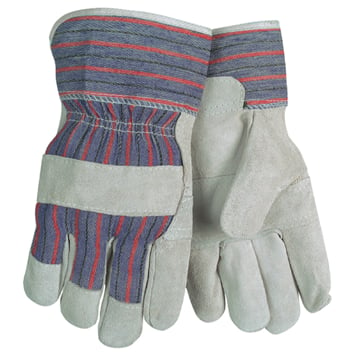
MCR Safety 1220SX Economy Cowhide Patch Palm Glove With Starched Cuff.png
Pattern
Gloves are cut in two ways: The Gunn cut, and the Clute cut. The cut determines comfort and dexterity.
The Gunn cut uses a single piece of leather for the back and keeps the seams away from the palm area. The manufacturer sews the middle and ring fingers onto the palm separately for increased dexterity and comfort. Because the two middle fingers are sewn on separately, the glove has less stress on that part and lasts longer. It also allows for better natural gripping for those who handle tools.
The Chute cut features a one-piece palm and a straight thumb. It does not have a seam at the base of the fingers. Instead, the seams run up the inside of each finger, making the glove roomier. It is the more economical cut since it has fewer seams.
Thumb Design
You might be wondering why the thumb design matters – but it does regarding comfort and functionality.
- Straight thumbed gloves restrict the thumb and do not allow natural thumb motion. However, because they require very little stitching, they are more economical.
- Wing thumbed gloves have less restriction, which makes the glove more flexible than straight thumbed gloves. This type of thumb is usually on mid-priced gloves.
- Keystone thumbed gloves are for those who need full movement as the thumb is sewn onto the palm. These gloves are more expensive because of the amount of sewing. Keystone thumbed gloves are also the most comfortable of the three thumb types.
Glove Cuff Style
The cuff is one of the most important choices you make based on your industry. While cuffs can help keep your hands warm, they also play a safety part by keeping things from falling into the glove or doffing when you catch the glove in a machine.
- Knit cuffs are generally two to three inches long and protect the wrist. They also keep debris from falling into the glove.
- Slip-On gloves end at the wrist and do not have a cuff. They’re quick and easy to put on and take off. Because they don’t have a cuff, they are usually the most economical gloves.
- Safety cuffs are generally about 2 inches long and cover the wrist. They have a slit at the side that allows you to throw the gloves off if they get caught on machinery.
- Gauntlet cuffs have the same features as the safety cuff, except the cuffs are usually 4 inches long so that you can tuck your sleeves into the cuff.
- Shirred wrist cuffs are usually safety cuffs but have a gathered wrist, which makes them more comfortable.
The Lining
In most cases, lined gloves provide warmth, but they also make the gloves more comfortable for those who have to wear them for hours at a time.
Cotton and jersey lining helps prevent the gloves from chafing your hands. Wool and pile linings provide more warmth than cotton or jersey and are more durable. Thermal linings not only keep your hands from chafing, but they are for cold-weather use as they provide a lot of warmth.
Visit Abolox to Find the Perfect Glove
Browse through the glove listings at Abolox to find the perfect glove for any season and industry. All of our gloves are made of quality materials, even economical gloves. However, economical gloves, no matter the quality, will never be as comfortable and last as long as the more expensive gloves.

